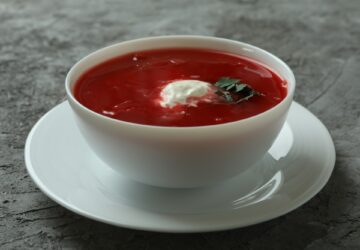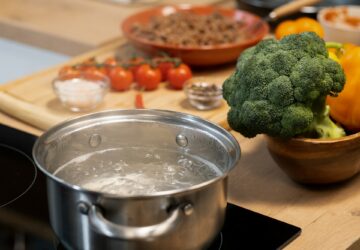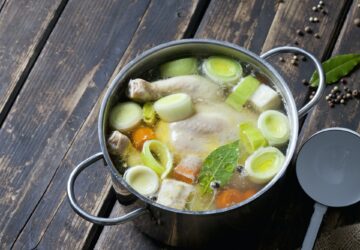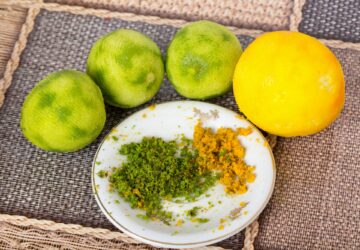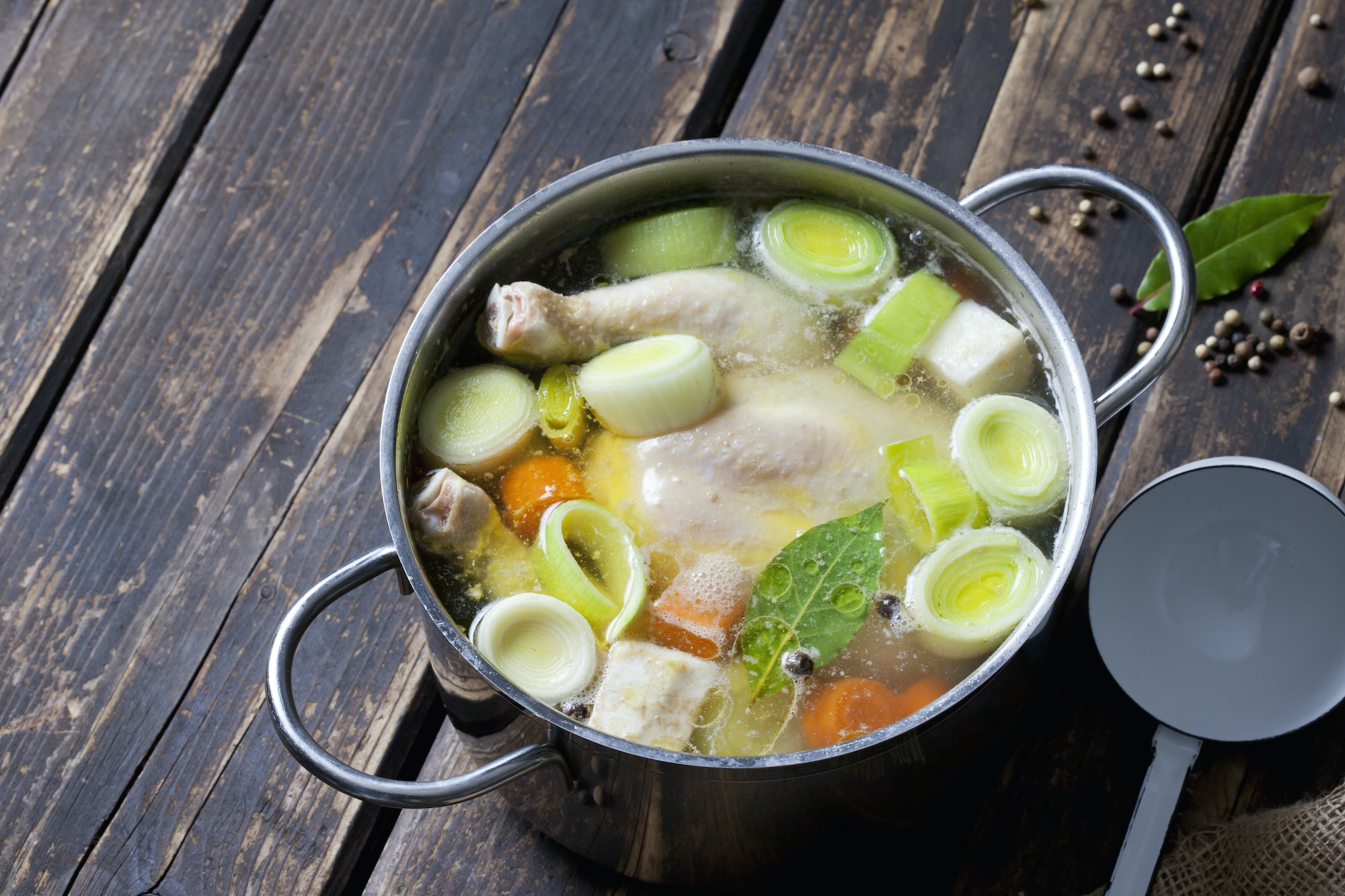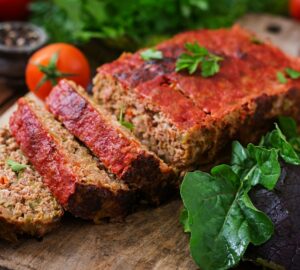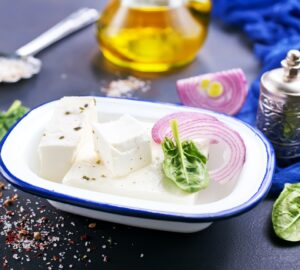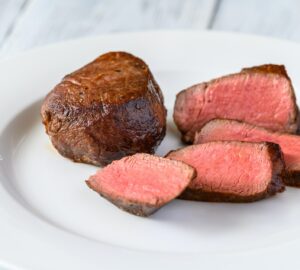Bouillon is a fundamental element in various culinary traditions. Let’s delve into its intricacies:
- Definition: Bouillon is a clear, flavorful broth made by simmering meat, poultry, fish, or vegetables with various seasonings. The term “bouillon” is derived from the French verb “bouillir”, meaning “to boil”.
-
Types of Bouillon:
- Meat Bouillon: Typically made from beef, pork, or lamb. It’s usually simmered for a longer time to extract the flavors and gelatin from the bones.
- Poultry Bouillon: Made from chicken, turkey, or other birds. It’s lighter in flavor than meat bouillons.
- Fish Bouillon: Made from fish, often with the inclusion of various aromatic vegetables.
- Vegetable Bouillon: Prepared by simmering vegetables, it’s suitable for vegetarian and vegan dishes.
-
Uses:
- As a base for soups and stews.
- To deglaze pans after sautéing or frying.
- To cook grains, like rice or quinoa, imbuing them with more flavor.
- As a liquid in sauces and gravies.
- As a marinade or to poach proteins.
-
Bouillon Cubes and Powders:
- These are concentrated, dehydrated versions of bouillon. They provide convenience and are used by simply rehydrating them in hot water.
- They usually contain high amounts of salt, so it’s essential to be cautious when adding additional salt to dishes that incorporate them.
- Quality and flavor can vary widely between brands. It’s always a good practice to familiarize oneself with the ingredients, as some may contain MSG or other additives that certain individuals might be sensitive to or wish to avoid.
-
Making Homemade Bouillon:
- Start with good quality ingredients. If making a meat or poultry bouillon, bones are often preferred due to the gelatin they release.
- Add aromatic vegetables like carrots, celery, onions, and possibly some herbs like parsley, thyme, or bay leaves.
- Simmer gently to slowly extract flavors. Skim off any impurities or foam that rises to the top.
- Strain the liquid and use immediately or store for future use.
-
Storing:
- Fresh bouillon can be refrigerated for up to a week. For longer storage, it can be frozen in smaller portions (such as in ice cube trays) and then transferred to a container or zip-lock bag for convenient use.
-
Clarifying Bouillon:
- Sometimes, for particular dishes (like consommé), a crystal clear broth is desired. In these cases, the bouillon is clarified using a mixture of egg whites and lean meat or fish, which attracts and traps impurities from the broth. The result is a clear, refined liquid.
-
Nutritional Considerations:
- Bouillon can be a source of essential minerals and gelatin, especially if made from bones.
- However, it’s also important to note the sodium content, especially in store-bought versions or when using bouillon cubes and powders.
When introducing bouillon to culinary students or enthusiasts, it’s important to stress its foundational role in many dishes and cuisines. A well-made bouillon can elevate the taste of a dish, serving as a testament to the chef’s attention to detail and understanding of flavor development.
